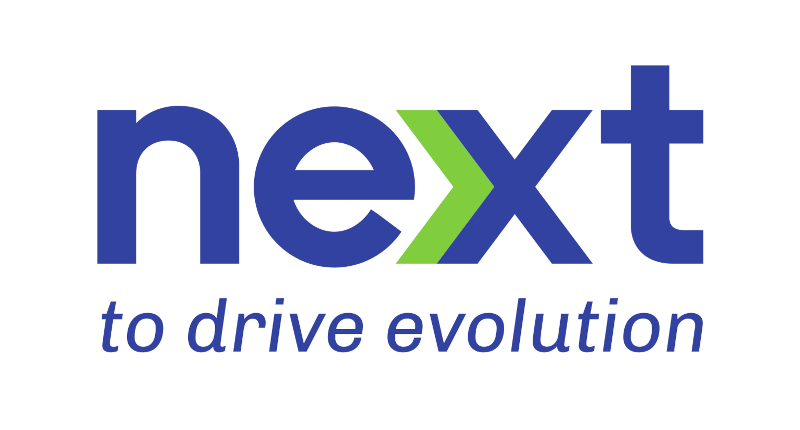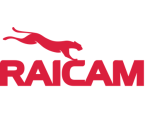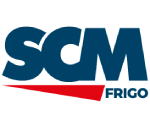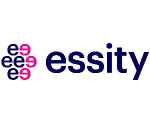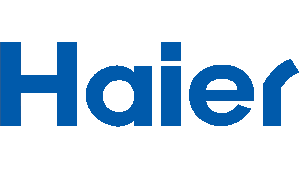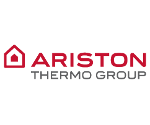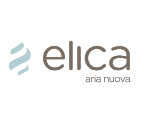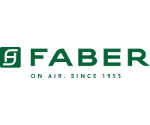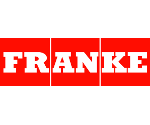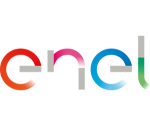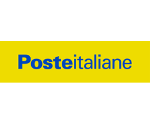Case Study
IMPROVE 4.0 in household appliance
– Case study description
The household appliance sector is where Next has undoubtedly accumulated the most experience: Whirlpool, Franke, Faber, Ariston Thermo, Elica, Haier, Electrolux are the partners with whom we have thoroughly analyzed all the needs and possibilities of the industry.
It involves a type of production that is very fast, with relatively short cycle times and many specific phases.
The activities we are involved in this sector mainly include:
- Monitoring of production efficiency
- Quality control
- Raw material procurement and logistics
- Product and process traceability
- Maintenance management
- Label printing (energy label, product fiche)
- Factory 4.0 projects
Advantages
IMPROVE 4.0 guarantees a better management in manufacturing activities.
The advantages are:
- DECREASING COSTS AND WASTES thanks to a strategical planning of production
- HIGHER RESPONSIVENESS in time resolutions of anomalies and unexpected events due to the collection of real time data
- OPTIMISATION OF INSTALLED MACHINES thanks to a detailed analysis of machine utilisation timing and problems resolution times
- ACCURATE INVENTORY for a a better managament of stock in order to avoid wastes
Partial goals
Monitoring efficiency (OEE & Andon)
Control of quality
Traceability system
Maintenance management (Machine ledger and EWO Modules)
Digital Shopfloor Management
Warranty, product fiche, and energy label printing
Visual SOP
NFC System
Warehouse Management System
Safety
Early Equipment Management
Fill out the form below to request the complete report about the Household appliance sector case study.
